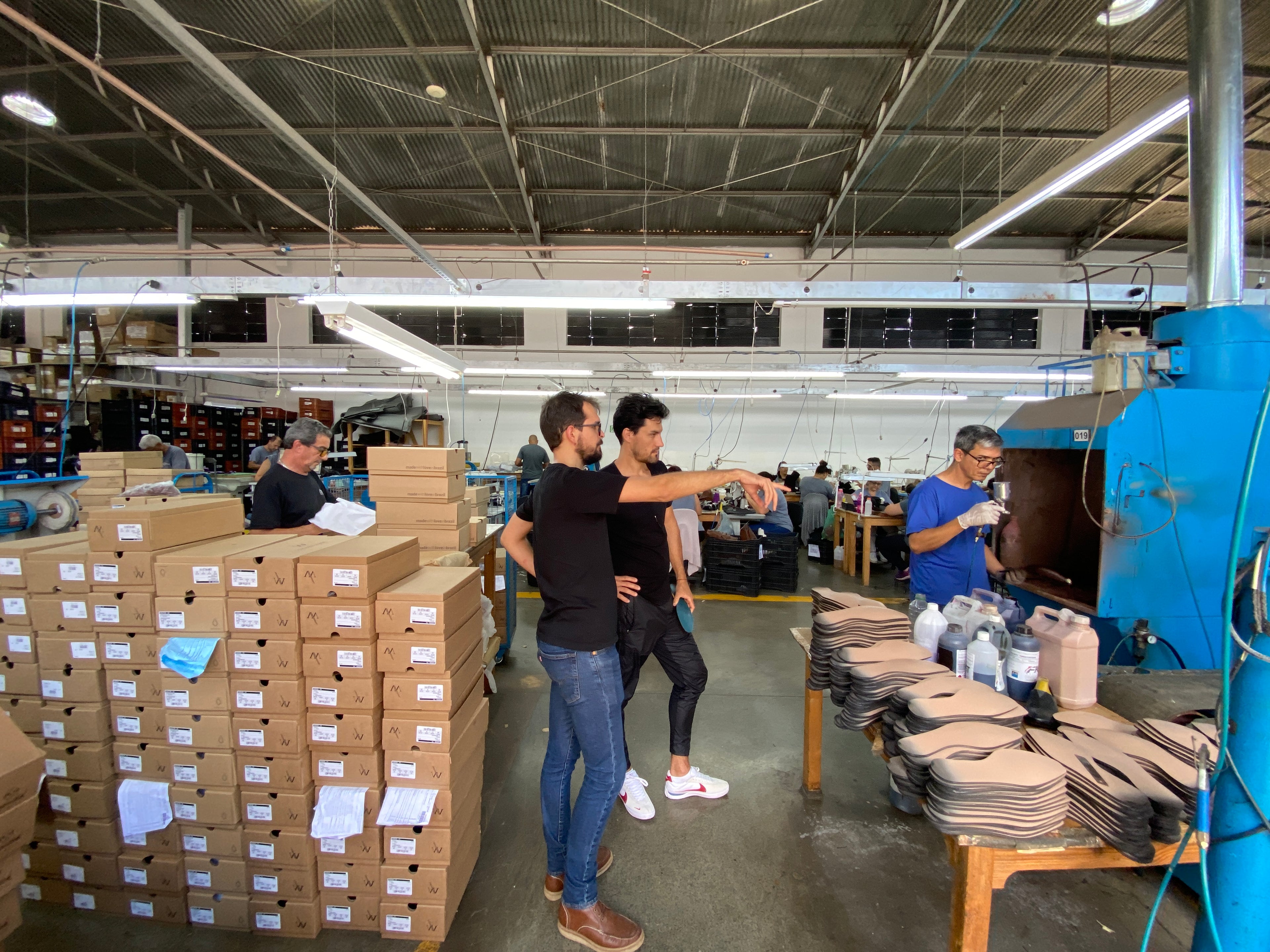The fashion industry is a realm of constant change and innovation, setting trends that shape our wardrobes and our lives. However, beneath the dazzling surface lies a darker reality, one that often goes unnoticed: the negative environmental impact of fashion. Here is a brief overview of the ecological consequences of this industry,; carbon emissions, fast fashion, clothing waste, the use of toxic chemicals and water usage.
- Fashion's Carbon Footprint
Fashion is a major contributor to global carbon emissions. According to the United Nations Framework Convention on Climate Change (UNFCCC), the fashion industry is responsible for an estimated 10% of global carbon emissions. To put that in perspective, this is more than the emissions from all international flights and maritime shipping combined.
This staggering statistic highlights the significant role fashion plays in the current climate crisis. The production, transportation, and disposal of clothing items all release carbon dioxide and other greenhouse gases into the atmosphere, leading to global warming and climate change.
- The Fast Fashion Phenomenon
Fast fashion, characterized by the rapid production of low-cost, trendy clothing, is a major driver of the fashion industry's environmental problems. In the United States, the average consumer purchased 68 garments in 2019, compared to 12 garments in 1980, according to the Environmental Protection Agency (EPA). This shift towards disposable fashion has serious implications for our planet.
Fast fashion encourages overconsumption and frequent disposal of clothing items. As a result, landfills are overflowing with textiles that can take hundreds of years to decompose, releasing methane, a potent greenhouse gas, in the process.
- Mounting Clothing Waste
The statistics on clothing waste are alarming. Each year, approximately 92 million tons of textile waste are discarded globally, according to the Ellen MacArthur Foundation. Astonishingly, the majority of these discarded garments are either incinerated or end up in landfills.
These discarded clothes release harmful substances into the environment, further contributing to soil and water pollution. The fashion industry's linear, take-make-dispose model is unsustainable, depleting valuable resources and exacerbating environmental degradation.
- The Hazardous Toxic Chemicals Used
The fashion industry is notorious for its use of toxic chemicals in textile manufacturing, dyeing, and finishing processes. A study by Greenpeace revealed that in some countries, up to 20% of water pollution is caused by the textile industry, largely due to the release of hazardous chemicals.
Moreover, many of the chemicals used in clothing production can have long-lasting effects on ecosystems and human health. From carcinogenic dyes to toxic heavy metals, the industry's reliance on such chemicals poses significant risks.
- Water Usage in Fashion Industry
Water is a finite resource, and the fashion industry consumes a significant share of it. It takes around 2,700 liters of water to produce a single cotton t-shirt, according to the World Wildlife Fund (WWF). This is a staggering amount, considering that millions of tons of cotton are produced annually for clothing.
The excessive water usage associated with fashion not only depletes freshwater resources but also leads to contamination, as chemicals used in textile production often end up in rivers and lakes. This has severe implications for aquatic ecosystems and communities that rely on these water sources.
The fashion industry's glamorous facade conceals an alarming environmental toll, as highlighted by these five key statistics. The carbon emissions, prevalence of fast fashion, clothing waste, use of toxic chemicals, and excessive water usage are all interconnected aspects of a complex problem. However, as consumers and industry stakeholders become increasingly aware of these issues, there is hope for positive change. Sustainable fashion practices, recycling initiatives, and responsible consumer choices can help mitigate the negative impact and lead the way toward a more eco-friendly fashion future. The time to address these issues is now, before the environmental consequences become irreversible.
The Water Usage Benefits of Vegan Leather
In a world where environmental concerns are growing by the day, the fashion industry is taking a closer look at sustainable alternatives to traditional leather. Vegan leather, a synthetic material made without animal products, offers a compelling solution not only in terms of ethics but also in the conservation of our planet's most precious resource: water. In this post, we'll dive into the remarkable water usage savings that vegan leather brings to the fashion industry.
Traditional Leather vs. Vegan Leather
Traditional leather production is a resource-intensive process. It begins with the rearing of livestock, such as cows, goats, and sheep. These animals require substantial amounts of water for drinking, as well as for growing the crops to feed them. Once the animals are raised, the tanning process uses large quantities of water, as well as toxic chemicals to transform animal hides into leather. On average, it takes thousands of liters of water to produce a single traditional leather jacket.
Vegan leather, on the other hand, is produced using a variety of synthetic materials such as polyurethane (PU), polyvinyl chloride (PVC), and innovative alternatives like mushroom-based leather. This synthetic production process significantly reduces water usage in multiple ways.
Water Savings of Vegan Leather
- Reduced Animal Agriculture:
One of the primary ways vegan leather conserves water is by eliminating the need for raising livestock. According to the Water Footprint Network, producing one kilogram of beef can require up to 15,000 liters of water, compared to a fraction of that for vegan leather materials. This reduction in livestock farming for leather significantly minimizes water consumption.
- Efficient Production Processes:
The production of vegan leather typically uses more efficient, controlled processes. Water use is regulated and reduced throughout manufacturing, leading to substantial water savings. The innovative technologies employed in vegan leather production result in a far more sustainable approach compared to traditional leather tanning.
- Elimination of Toxic Tanning:
Traditional leather tanning relies on chemicals like chromium, which can pose significant environmental hazards when not handled properly. These chemicals can contaminate water sources and harm aquatic ecosystems. Vegan leather, being synthetic, avoids these toxic tanning processes, making it an eco-friendlier choice.
- Water Recycling and Reuse:
Many vegan leather manufacturers are committed to sustainable practices. They often incorporate water recycling and purification systems, reducing the need for constant freshwater input. This not only conserves water but also minimizes pollution of local water bodies.
Vegan Leather: A Sustainable Choice
In a world grappling with water scarcity and environmental concerns, the fashion industry has a responsibility to explore more sustainable alternatives. Vegan leather is not just about ethics and cruelty-free fashion; it also provides significant water usage savings. By choosing vegan leather products, consumers and fashion brands can actively contribute to water conservation and help protect our planet's vital resources.
The shift towards vegan leather, especially next generation plant based vegan leather material, isn't just a trend; it's a conscious decision to promote a more sustainable and water-efficient fashion industry. With innovative technologies and increasing awareness, we can look forward to a future where we can enjoy the feel of leather without the environmental cost. It's a win-win for fashion and the planet.


